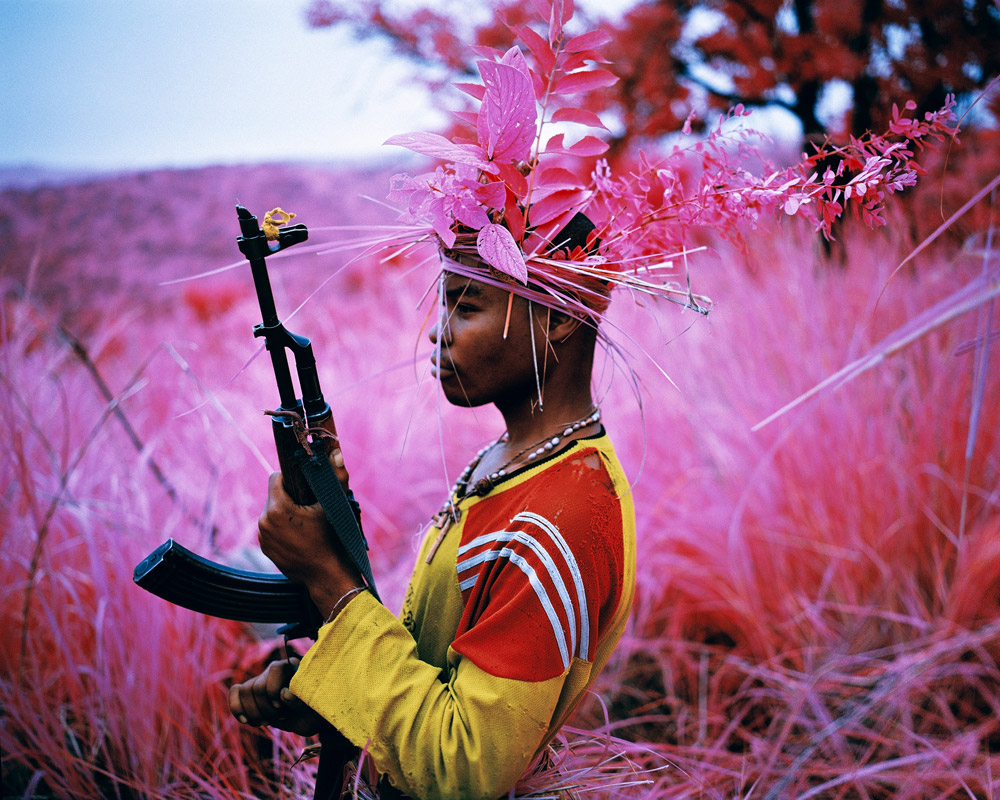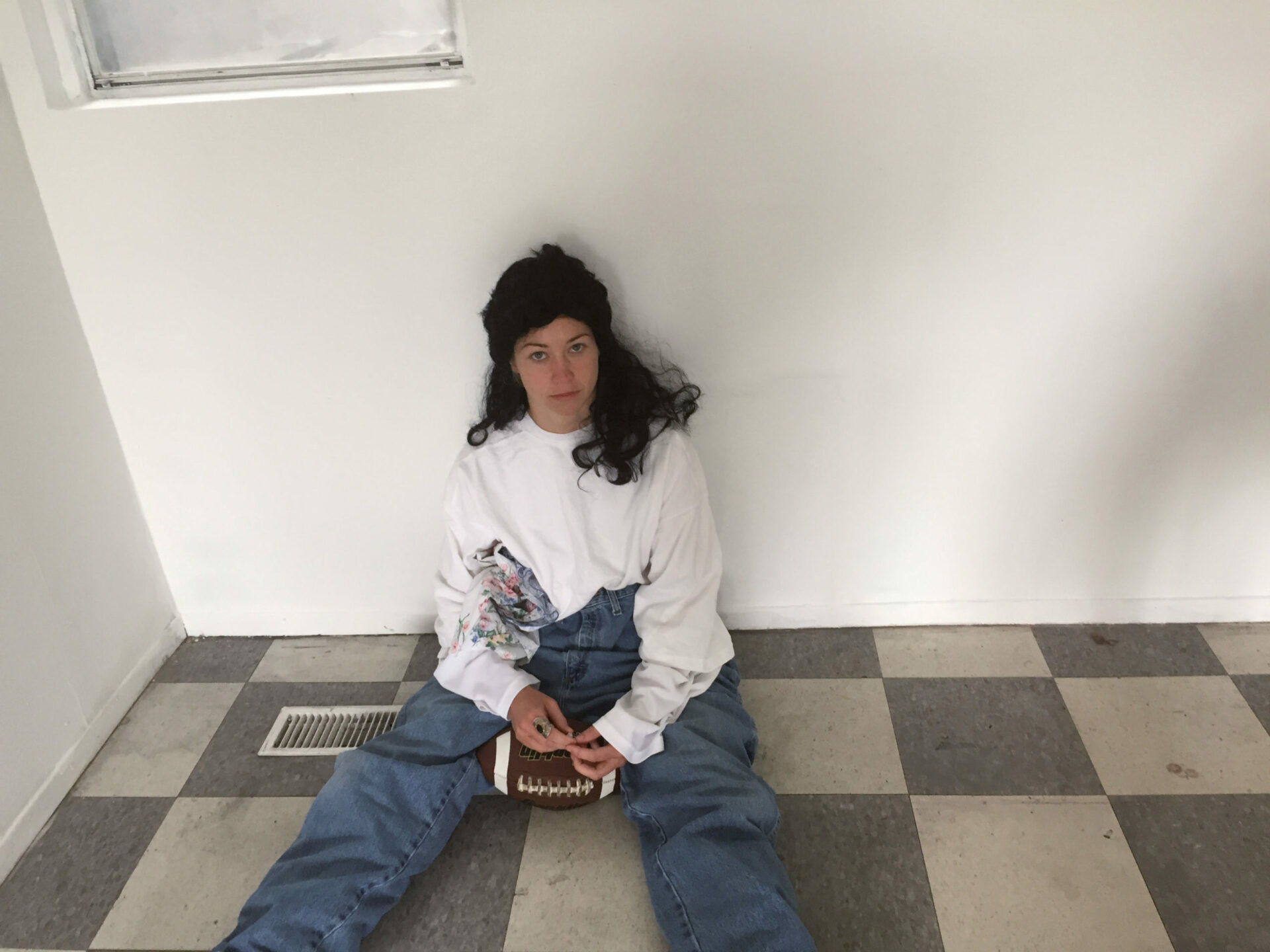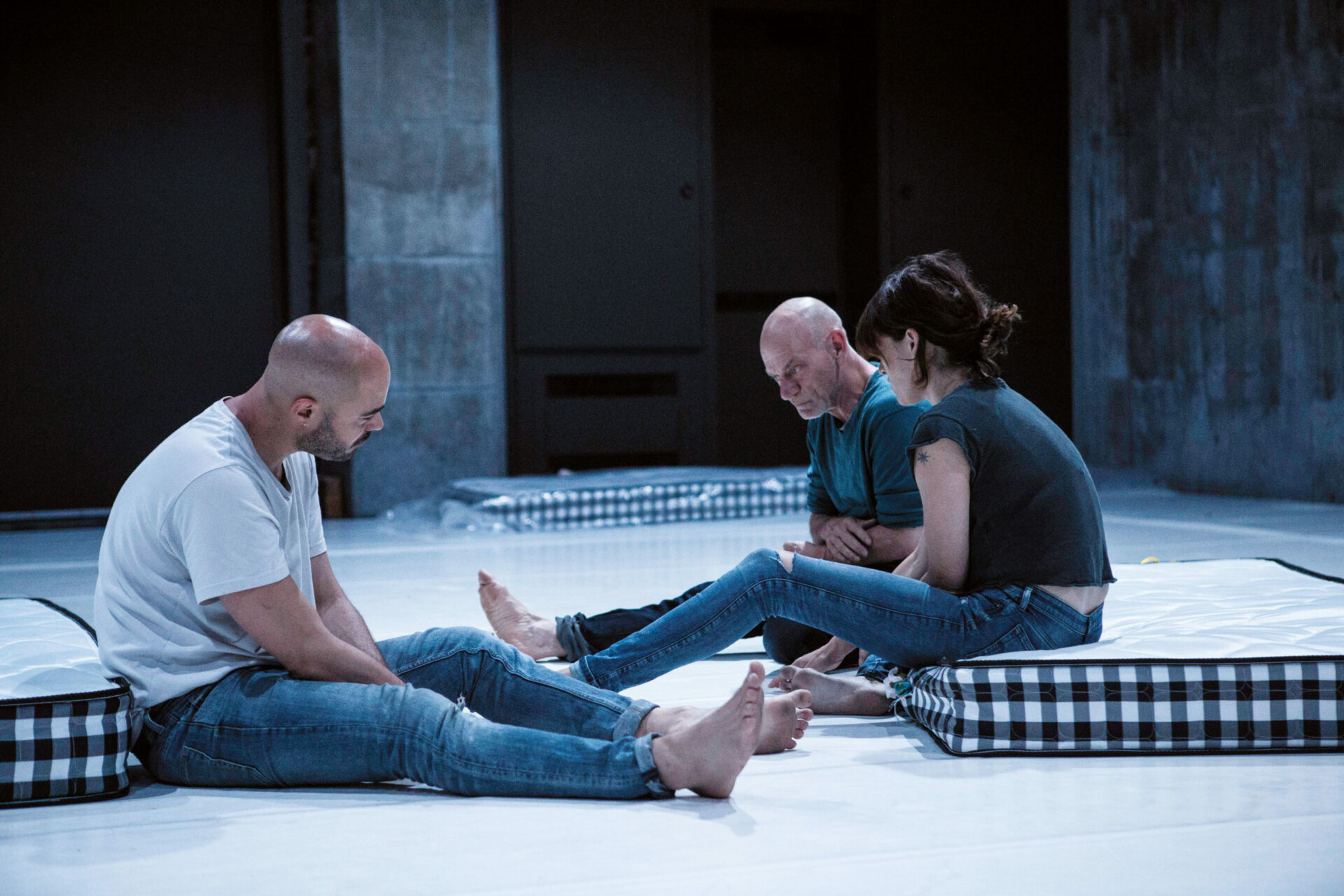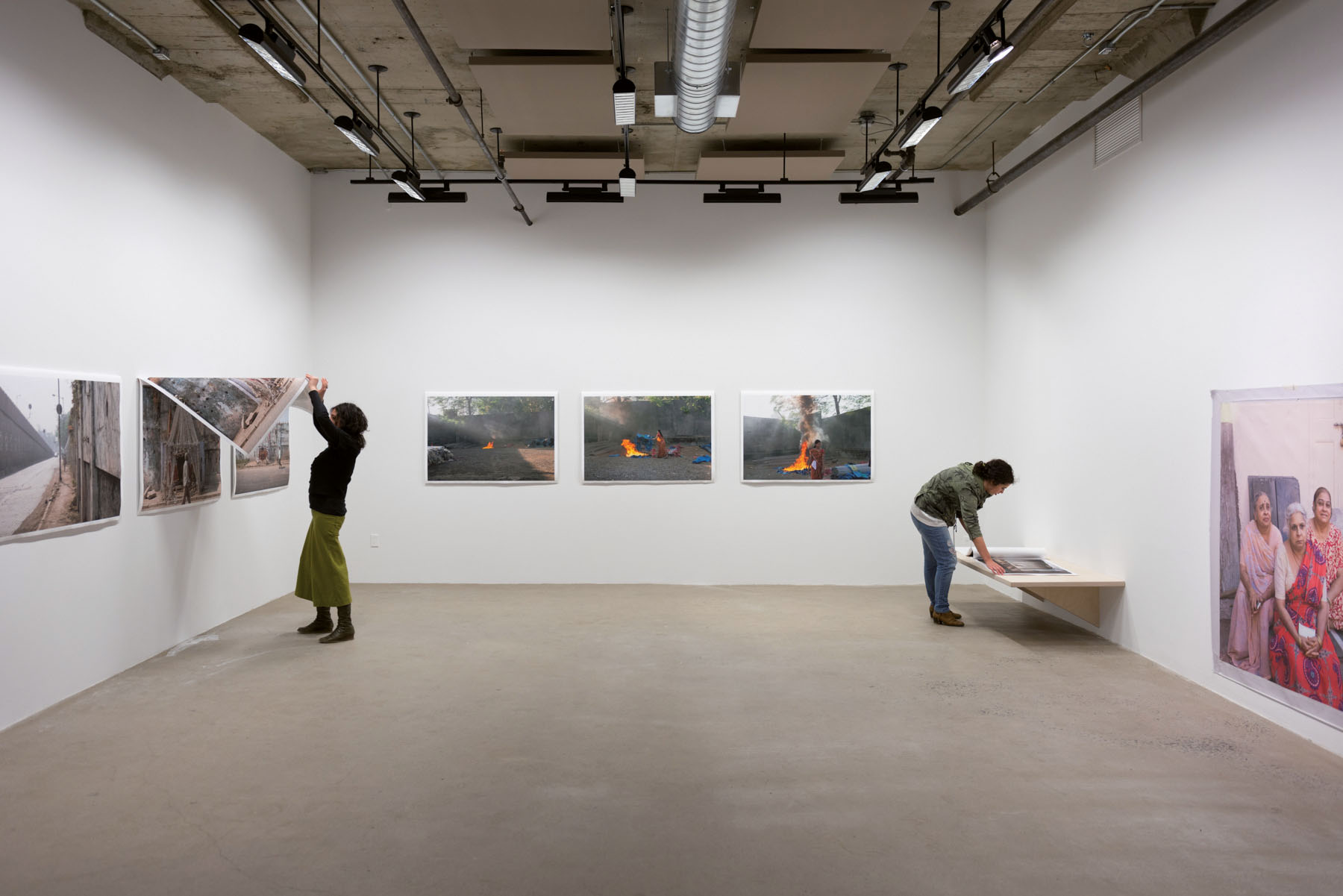
Photo: courtesy of apexart
June 7–July 28, 2018
[En anglais] Capturing the intricacies of contemporary war and armed conflict through a camera lens is a practice with considerable historical precedent, not to mention profound moral consequences. To photograph war with particular aesthetic and/or documentary objectives also comes with its own set of ethical issues. While the importance of photojournalism in communicating to broad audiences the intimacies of violence and destruction continues to be questioned in an era of social media, artists and cultural workers alike struggle with generating new means of conceiving, looking at, and representing conflict.
Curated by Rola Khayyat at apexart, New York, Light in Wartime presents a selection of photographic works by artists who distort the conventions and limitations of war photography through choice ofcontent, compositional structure, and technique. Regrouping eleven artists and their works dating after 2003, following the invasions of Afghanistan and Iraq by U.S.-led coalitions, the exhibition seeks to unsettle the objectivity of historical accounts of war by foregrounding experimental means of representation in photography. While effective in its mandate to expand the potential for manipulations of light to offer insight into contemporary conflict, tendencies to beautify and/or abstract wartime realities at times make it difficult to bridge the emotional and visceral gap between the work and its viewer.
Créez-vous un compte gratuit ou connectez-vous pour lire la rubrique complète !
Mon Compte


